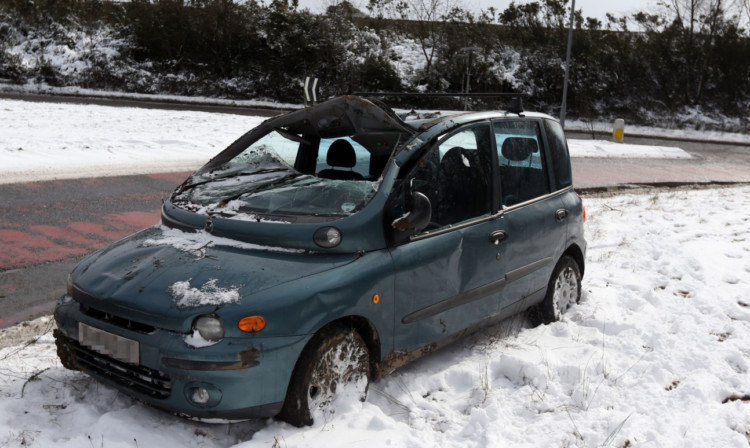Car insurance premiums are too high and should be reduced through far-reaching reforms, the competition watchdog said today.
The Competition Commission believes too many drivers are footing the bill for unnecessary costs incurred during the claims process following an accident.
These costs are initially borne by the insurers of at-fault drivers, but they feed through into increased insurance premiums for all drivers.
The watchdog is also concerned about the relationship between price comparison websites and insurers.
Alasdair Smith, who is leading the investigation, said: “We are now considering a range of possible measures, some of them far-reaching reforms, to ensure that the market better serves the interests of customers.”
Mr Smith said that in most cases the party managing the accident claim typically the non-fault insurer or intermediary was not the party liable to pay the costs of the claim.
He added: “There is insufficient incentive for insurers to keep costs down even though they are themselves on the receiving end of the problem.”
The commission estimates the extra premium costs due to the separation of control and liability on replacement cars and repairs to be between £150 million and £200 million a year.
It is considering whether to make a driver’s own insurer responsible for providing a replacement vehicle or to give at-fault insurers greater opportunity to take control over managing claims.
There may also be caps on the cost of providing a replacement vehicle and on repair costs, as well as compulsory audits of repair quality after the watchdog found that following an accident too many repairs were not completed to the required standard.
Other provisional findings identify problems with the sale of add-on products as it is hard for consumers to find the best-value products.
It said motorists have limited information about add-on insurance products while insurers have point-of-sale advantage.
